- Home
- international
- news
- The horrific true story behind the 1969 Manson Family murders that changed America forever
The horrific true story behind the 1969 Manson Family murders that changed America forever
James Pasley

- In early August 1969, cult leader Charles Manson and his followers took the lives of seven people.
- One of the victims was the pregnant actress Sharon Tate, the wife of director Roman Polanski.
The Manson murders closed out one era for the US, and heralded the arrival of another.
No more guaranteed innocence or safety. No more children playing on the streets late at night. From then on a shadow would hang over the counter-cultural movement. It was the end of the "flower-powered" 1960s.
Over two nights in August 1969, seven people were brutally murdered. The Manson "Family" killers were following orders from their cult leader, Charles Manson. One of the seven victims was pregnant actress Sharon Tate.
The effect of these murders continues to haunt the nation 50 years on. In 2019, three movies about the killings, including Quentin Tarantino's latest film, "Once Upon a Time in Hollywood," are being released. And Vulture has a guide to all the books, films and television series the story's been a part of.
But there's also the real story behind the killings, that isn't on the big screen. This is what happened.
Charles Manson was born in Cincinnati, Ohio, in 1934. His father abandoned the family before his birth, and his 16-year-old mother struggled to raise him; at one point, she sold him for a jug of beer. He began committing petty crimes when he was 12, and spent years in and out of reform schools where he was the victim of sexual assault attacks and also victimized others.
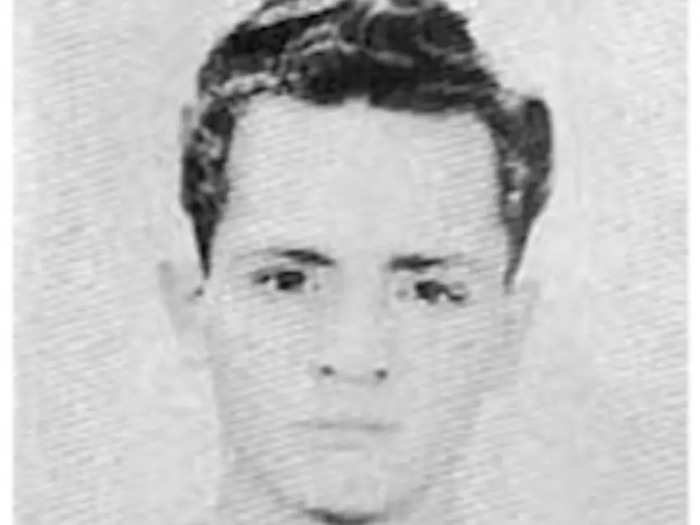
In 1954, at the age of 19, Manson was released from reform school and put in the custody of his aunt and uncle. Soon after, he married and moved to Los Angeles with his new wife, seeking fame and fortune. But just a few years later, in 1957, Manson was sent to prison for violating the terms of his probation. Manson would spend the next ten years in and out of prison for petty crimes and probation violations. In 1967, divorced and ready for a change, Manson moved to San Francisco, then the center of the counterculture movement.
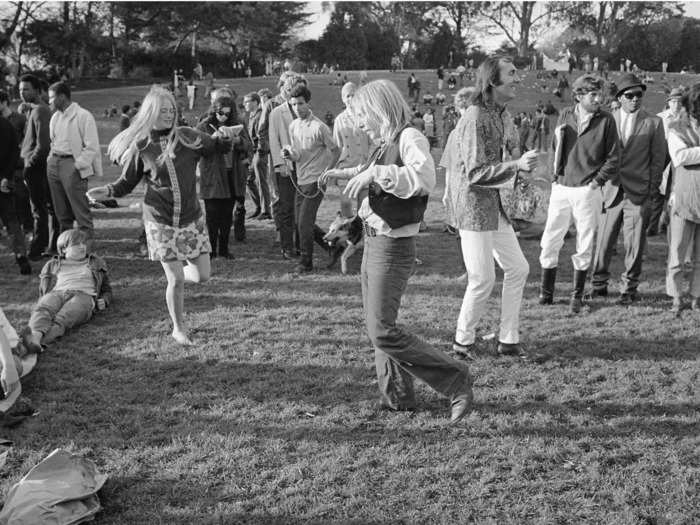
Source: CNN
Manson didn't believe in the counterculture, but he had wild eyes and long hair, and so he looked the part. He was able to blend into the burgeoning hippie scene, and began to exercise his ability to manipulate and control people.
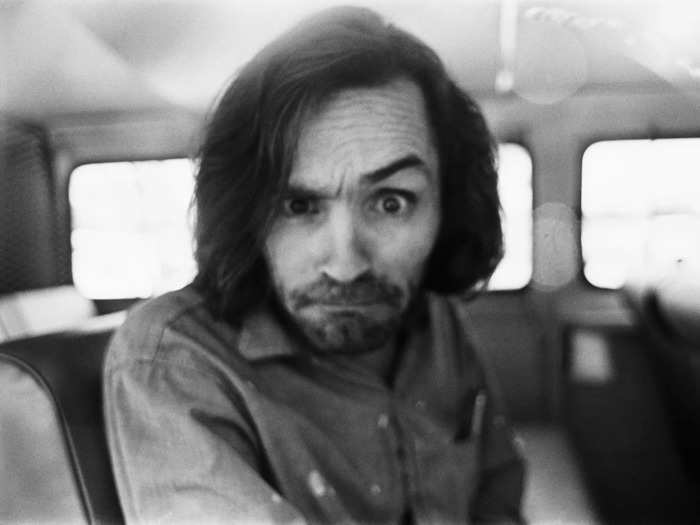
Sources: CNN, Vulture, New York Times
In the fall of 1967, he brought together a group of followers, called the "Family," telling them he was a religious leader. Together, they returned to Los Angeles so Manson could chase his Hollywood dreams.
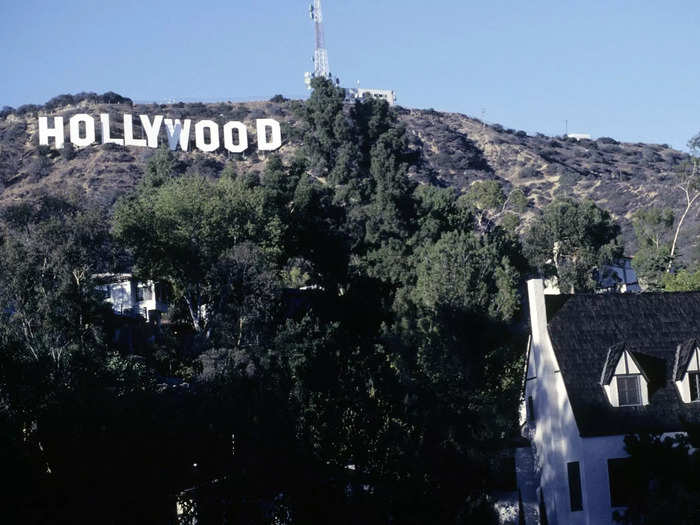
Source: Vox
This group was comprised mostly of young women who would later be called the "Manson girls." Manson, who had previously worked as a pimp, was an expert at controlling the women.

Source: Vox
One of his youngest followers was Dianne Lake, who met Manson when she was 14 years old. Lake's parents were hippies who encouraged their daughter to take drugs and have sex. She didn't participate in the murders but would serve as a key witness in the trial.Lake would later argue that the counterculture movement allowed for widespread abuse of women and girls.
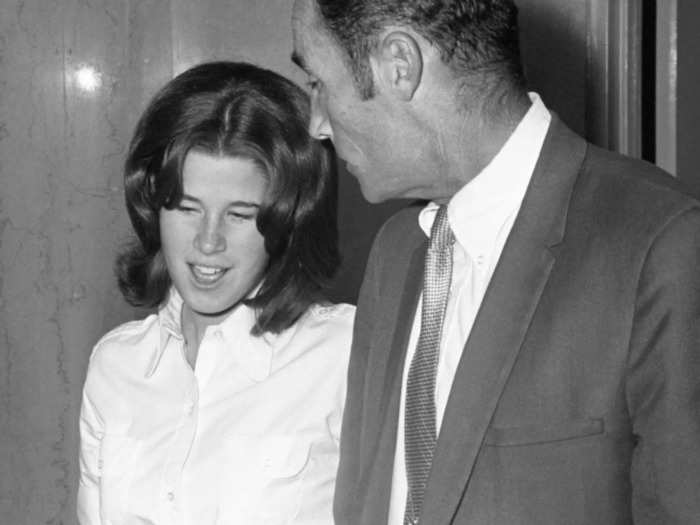
Source: Vox
Manson had aspirations to be a famous singer — though he was apparently a terrible musician — and closely studied the Beatles. In 1967 or 1968, he met a music teacher named Gary Hinman, who introduced him to Beach Boys drummer Dennis Wilson.It was a fortuitous meeting: Wilson let Manson and the Family live in his house on Sunset Boulevard — and also lent him hundreds of thousands of dollars to record an album — in exchange for sex with the Manson girls.
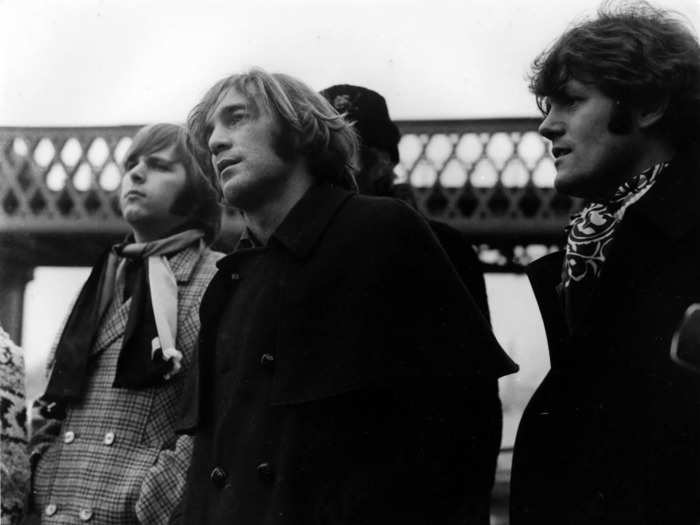
In August 1968, Wilson finally kicked them out and the Family moved to a gone-to-seed western movie set called Spahn Ranch, near Chatsworth, California. Manson traded sex with his followers to the owner for free rent.
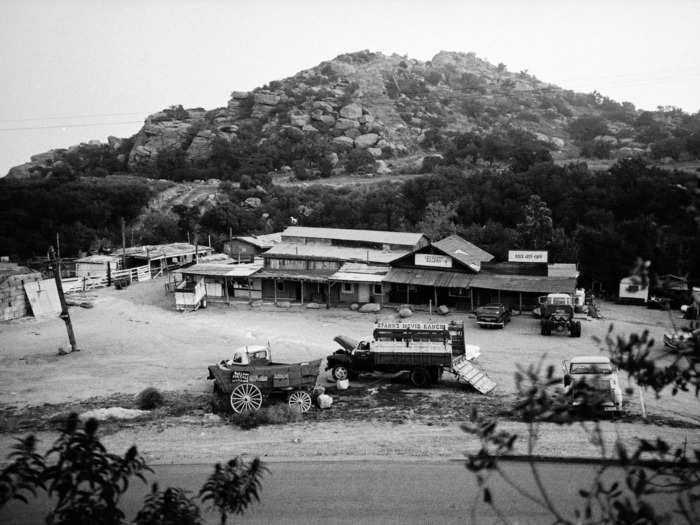
Source: Vox
Before their relationship had soured, Wilson introduced Manson to a record producer named Terry Melcher who at first seemed interested in Manson's music. But after completing some initial recordings, Melcher chose not to sign Manson. At the time, Melcher lived with his girlfriend in a luxury home at 10050 Cielo Drive, in Benedict Canyon. Manson visited him there several times before Melcher moved out.
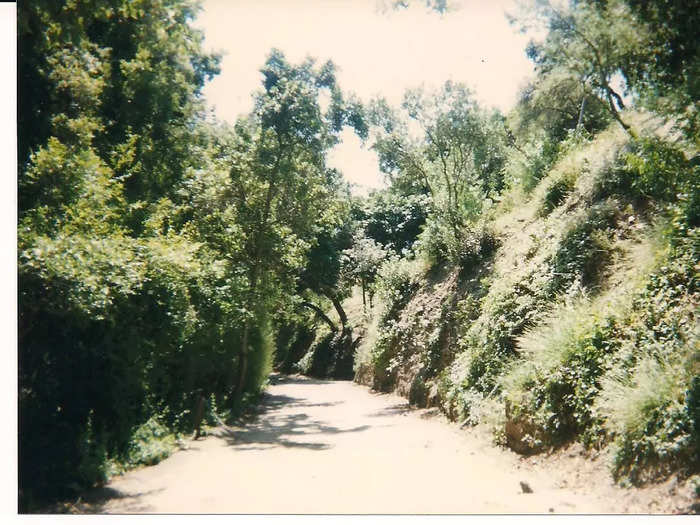
Source: CNN
Despite his conflicts with Wilson, the Beach Boys did decide to record a track of Manson's. The song, called "Cease to Exist," eventually morphed to the Beach Boys B-side "Never Learn Not To Love." Though Manson had initially been thrilled to have the band record the song, he found the end product markedly different from his initial track, and was miffed that he hadn't been given a songwriting credit.
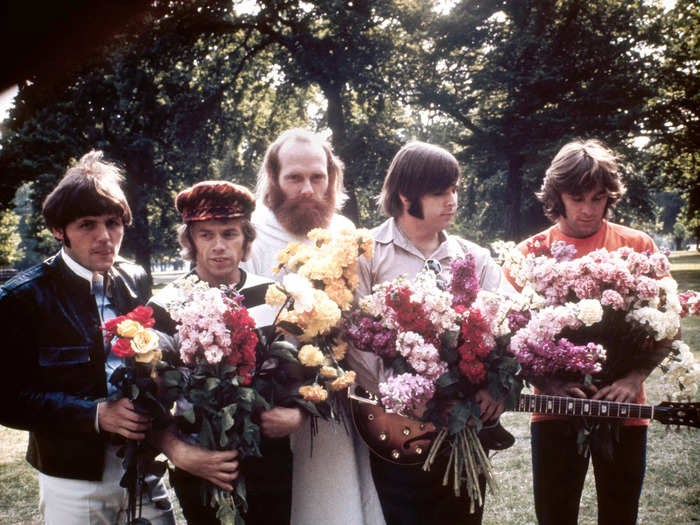
Source: Vox
By the summer of 1969, after Melcher's rejection, Manson's Hollywood dreams appeared to be crushed. And, although he knew Melcher had moved out, the Cielo Drive house remained in Manson's mind a symbol of Hollywood and the life he'd been denied. In May, the cracks began to appear when Manson shot a drug dealer named Bernard Crowe over a disputed payment.
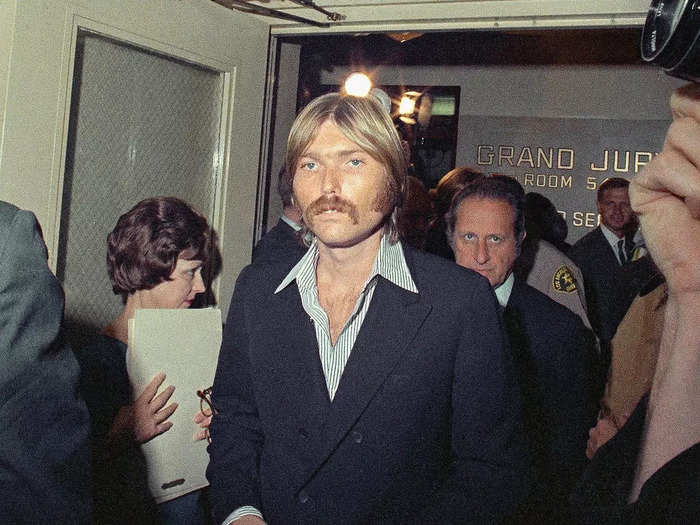
Source: Vox
The next people move into Hinman's Cielo Drive house were director Roman Polanski and his young wife, the actress Sharon Tate.
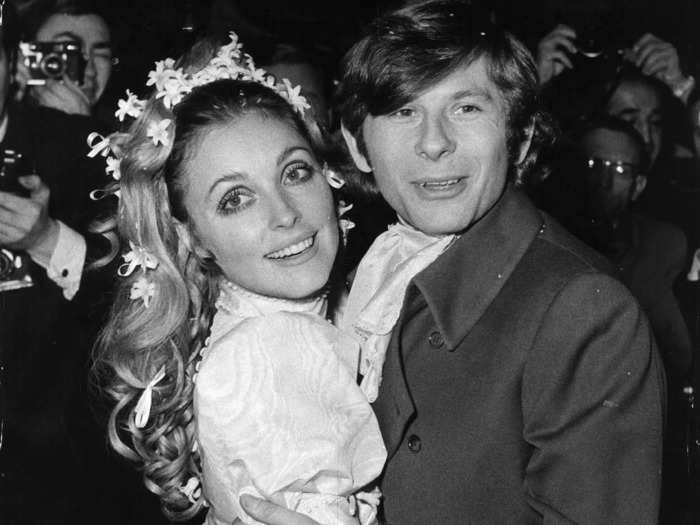
Source: CNN
In July 1969, Manson ordered his followers Bobby Beausoleil, Mary Brunner, and Susan Atkins, to force Gary Hinman to give him $20,000. Manson also showed up with a sword and almost cut off Hinman's ear. After two days Hinman was killed by Beausoleil. The family attempted to frame the black power group the Black Panthers for the crime by writing "Political Piggie" in blood on the wall.Manson was an avowed racist, and believed that a coming race war — which he referred to as "Helter Skelter" (from the Beatles song of the same name) — was on the horizon. In framing the Black Panthers for Hinman's murder, he was hoping to move it along.
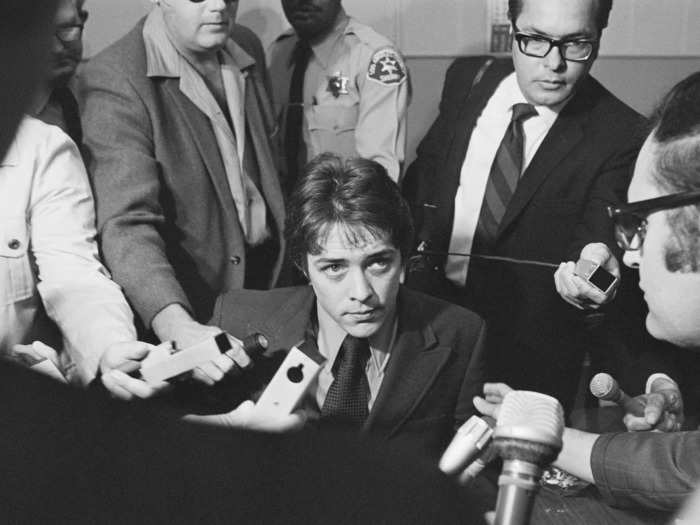
Sources: CNN, NY Daily News, Vox
On August 6, Beausoleil was arrested for Hinman's murder. Manson panicked, terrified that Beausoleil would implicate him in the crime (and the earlier murder of Crowe), and wanted to deflect attention away from the deaths. So, two days later, Manson ordered four of his most loyal followers — Susan Atkins, Charles "Tex" Watson, Patricia Krenwinkel, and Linda Kasabian — to murder anyone in Polanski's house. On that night, heiress Abigail Folger, hair stylist Jay Sebring, writer Wojciech Frykowski, Steven Parent, and Sharon Tate were killed.
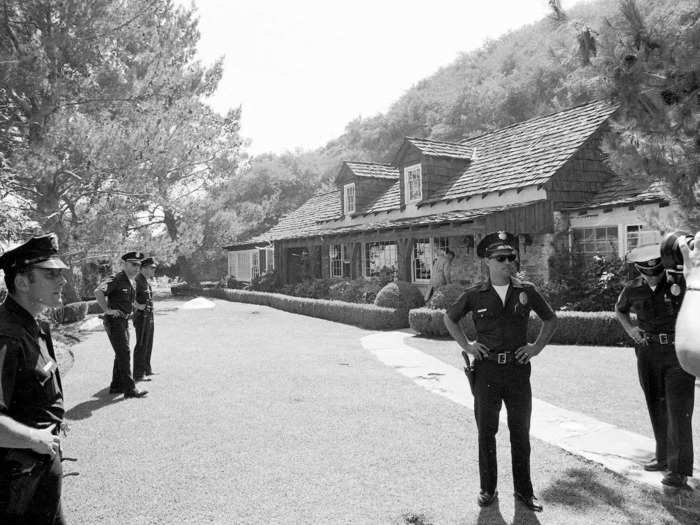
Sources: Vox, Business Insider
Sharon Tate was eight months pregnant at the time of her death. On her last day alive, she ate lunch by the pool with a friend, spoke to her husband on the phone, and napped.

Source: Washington Post
Roman Polanski was in London on the night of the murder, on the back-end of a trip to Europe to scout movie locations. Actor Steve McQueen was also meant to be at the house that night, but ran into a friend and went with her instead.
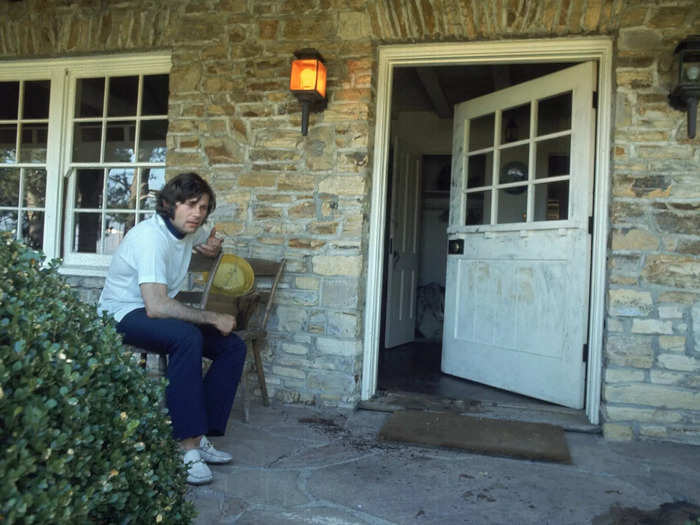
Sources: People, Washington Post
The murders were meant to look like the Hinman killing, to pull the attention off Beausoleil, who was being held by the police. But Manson wasn't impressed. He complained the murder was "sloppy."
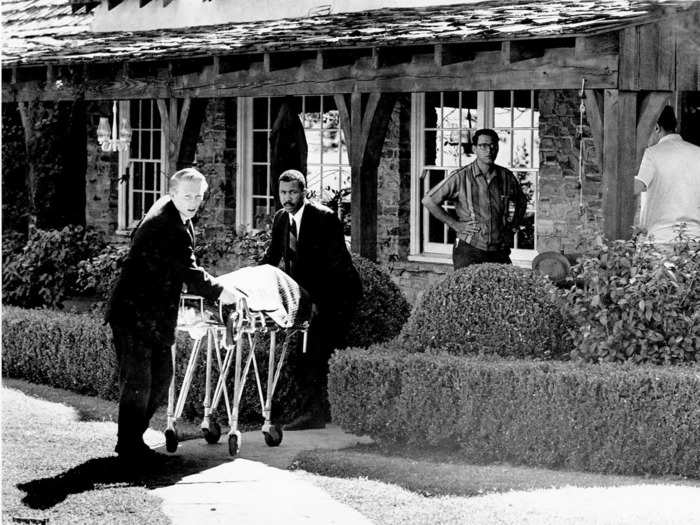
Source: Vox
On August 9, 1969, the following night, he accompanied Charles "Tex" Watson, Susan Atkins, Patricia Krenwinkel, and Leslie Van Houten to ensure the second round of murders weren't as sloppy. They found the house of supermarket executive Leno LaBianca and his wife Rosemary, and murdered them.Manson ordered the group to "leave something witchy" at the crime scene, so they wrote "pig" and "healter skelter" [sic] on the house in blood.
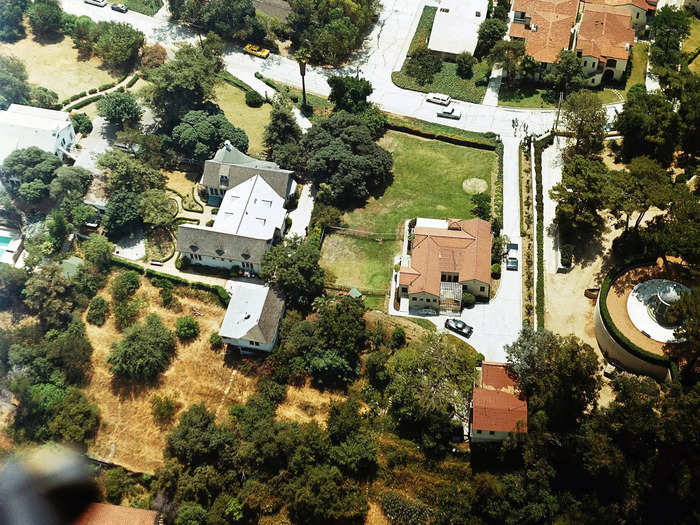
In October 1969, Manson and his followers were arrested at Barker Ranch, their outpost in Death Valley National Park. But the arrest wasn't for murder — they were suspected of stealing a car.
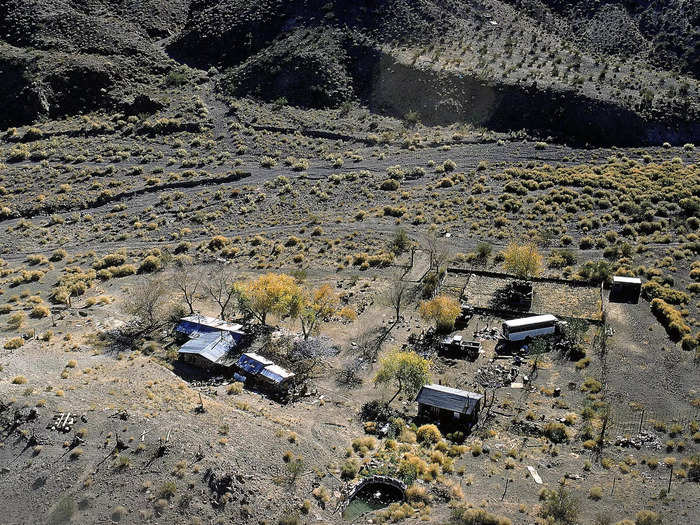
Sources: CNN, NY Daily News
A month later, Susan Atkins, who had already been charged with Hinman's murder, told a fellow inmate at the Sybil Brand Institute for Women, where she was incarcerated, that she'd killed Sharon Tate. She said the Manson Family had wanted to commit a crime that would shake the world.
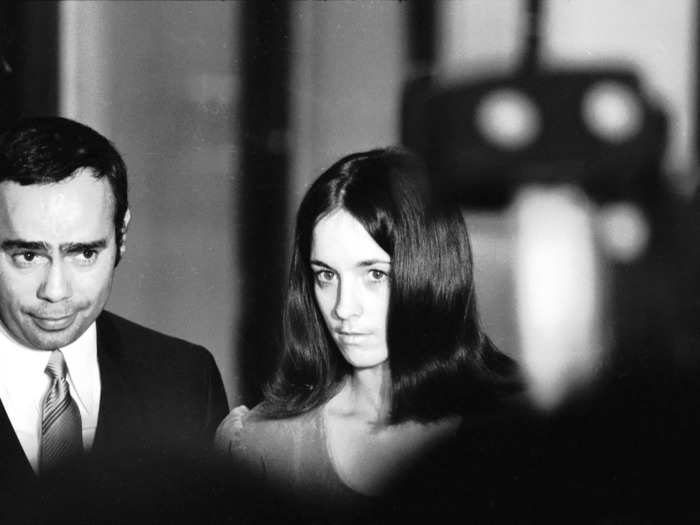
Source: CNN
On December 8, 1969, Manson, along with Charles "Tex" Watson, Susan Atkins, Patricia Krenwinkel and Leslie Van Houten, was indicted for the murders at the Cielo Drive house and the La Bianca house. Six months later, in June 1970, the trial began.Linda Kasabian, who had served as the lookout for the group, became the prosecution's chief witness in exchange for immunity.
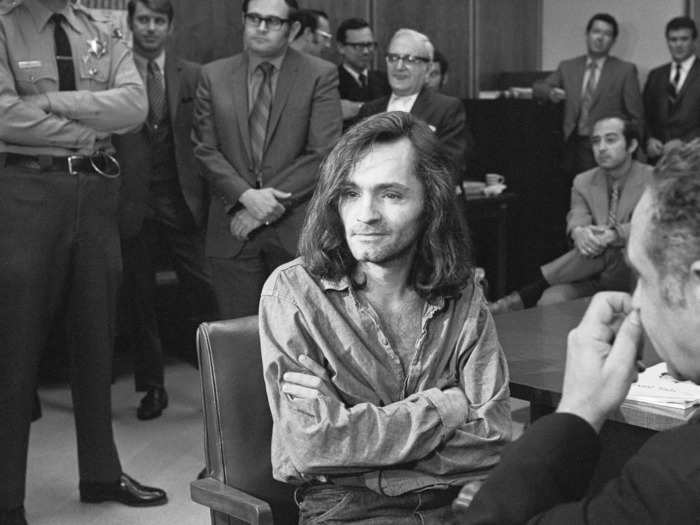
Source: Business Insider
During the trial Manson and the women showed no remorse and often giggled during the proceedings. Manson changed his appearance, carving an "x" into his forehead. The girls ended up doing the same.Later, he turned the "x" into a swastika.
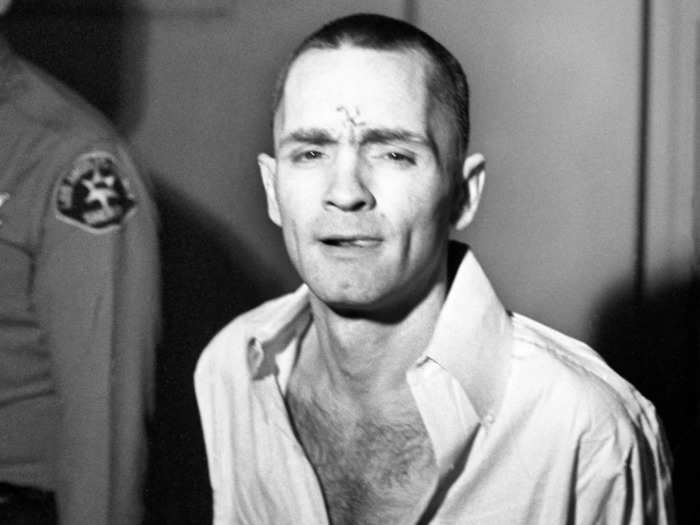
Source: Business Insider
A group of Manson's followers who had not participated in the murders publicly supported him during the trial and shaved their heads in solidarity.
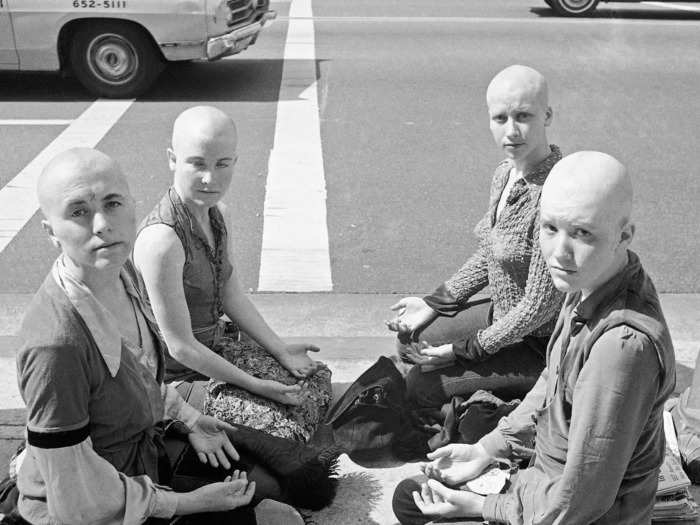
Source: Business Insider
On January 25, 1971, after a seven-month trial and ten days of jury deliberation, all of the defendants — Manson, Watson, Atkins, Krenwinkel, and Van Houten — were found guilty. Four of the killers, including Manson, got the death penalty, but the following year California abolished the death penalty. Their sentences were commuted to life in prison.
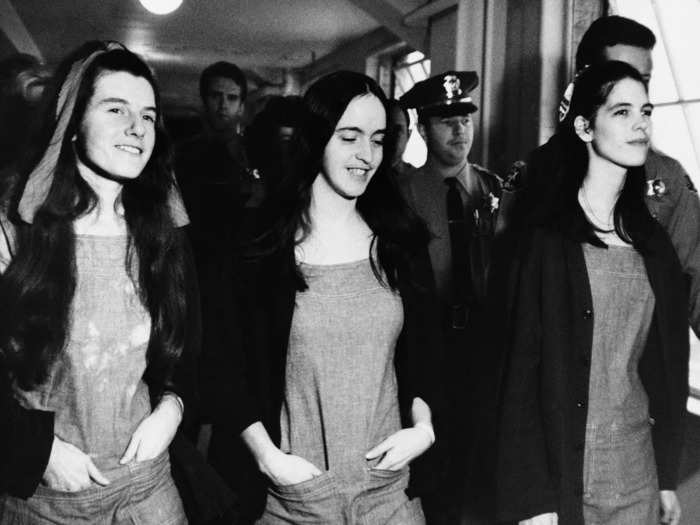
Source: CNN
In November 2017, Manson died at the age of 83. During the course of his sentence, he was denied parole 12 times, accrued 108 disciplinary violations, and never showed any remorse for the murders.Susan Atkins died in prison in 2009. Currently, Patricia Krenwinkel is in prison and will be up for parole in three years. In June 2019, Leslie Van Houten was denied parole. Charles "Tex" Watson will be eligible for parole in 2022.
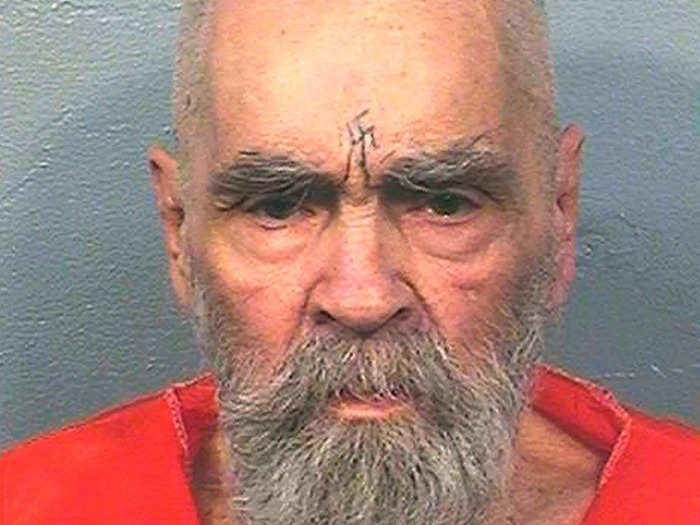
Source: CNN
At the end of May 2023, a California appeals court ruled a convicted member of the Manson family should be granted parole.
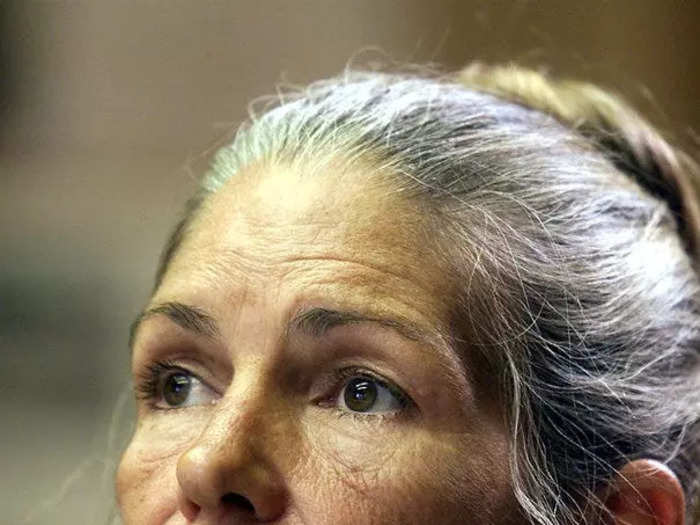
Leslie Van Houten, a Manson family member, was convicted for her participation in two murders in 1969. She was 19 when she participated in the killings of grocery store owner Leno LaBianca and his wife, Rosemary.
Van Houten, now in her 70s, is serving concurrent sentences of seven years to life following her conviction in 1971. She was initially sentenced to death, but her sentence was later commuted to life in prison.
More than 50 years later, a California appeals court reversed an earlier decision by state Gov. Gavin Newsom, who rejected Van Houten's release in 2020.
"Given the extreme nature of the crime in which she was involved, I do not believe she has sufficiently demonstrated that she has come to terms with the totality of the factors that led her to participate in the vicious Manson Family killings," Newsom said in 2020 when denying Van Houten's parole.
A Tuesday opinion from the Los Angeles appeals court said there is "no evidence to support the Governor's conclusions."
"Van Houten has shown extraordinary rehabilitative efforts, insight, remorse, realistic parole plans, support from family and friends, favorable institutional reports, and, at the time of the Governor's decision, had received four successive grants of parole," the judges wrote.
They added: "Although the Governor states Van Houten's historical factors 'remain salient,' he identifies nothing in the record indicating Van Houten has not successfully addressed those factors through many years of therapy, substance abuse programming, and other efforts."
A legal battle is expected to follow, and if the court's decision is upheld, the case will be assessed by the Board of Parole Hearings to consider any recent developments to consider and finalize the grant of parole.
Popular Right Now
Popular Keywords
Advertisement